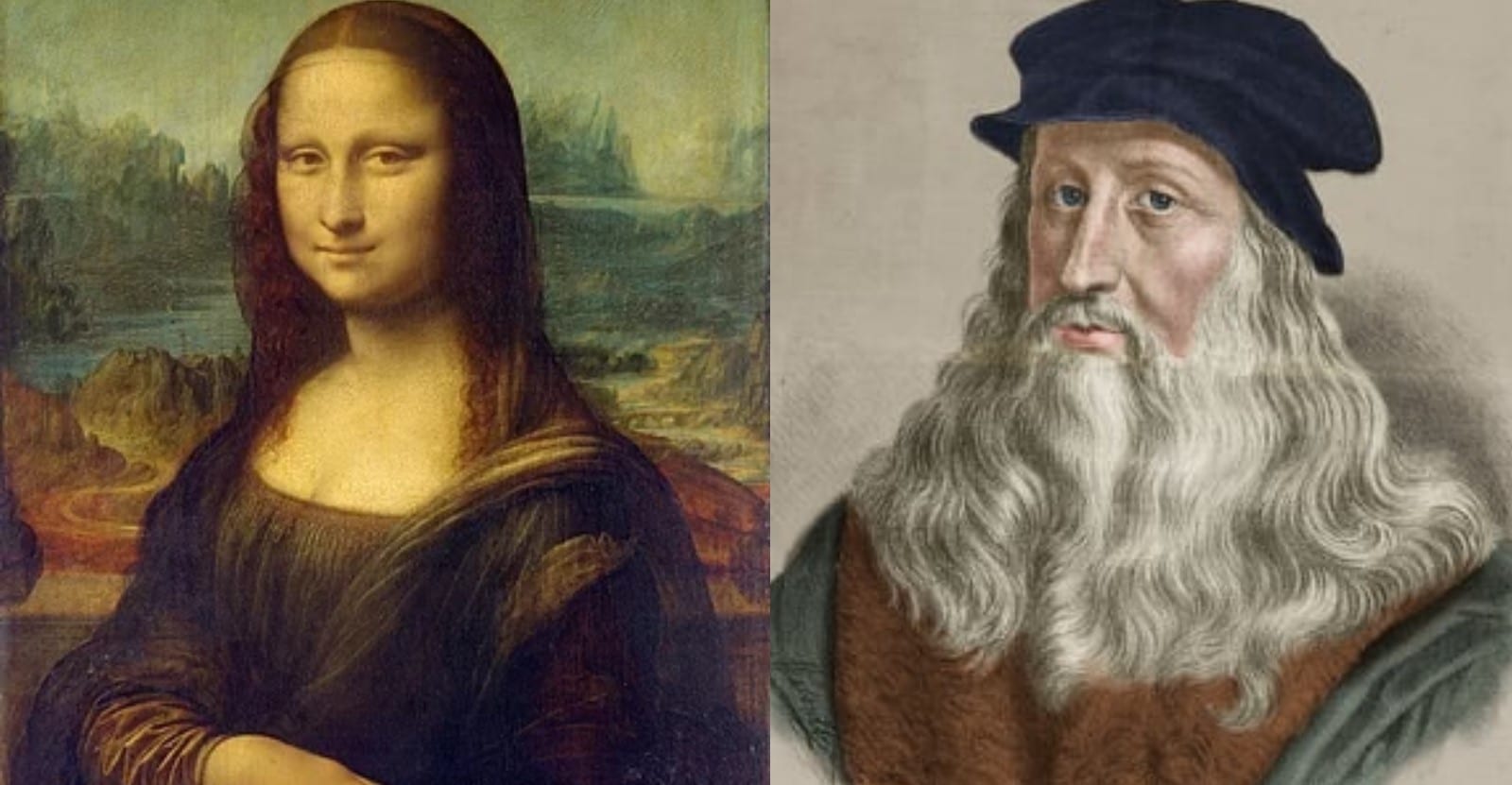
Development and recapitulation – where the theme is developed and repeated.Mozart, for instance, based many of his works on the Golden Ratio – especially his piano sonatas.Įxposition – where the musical theme is introduced The Fibonacci Sequence can be seen on a piano keyboard.Ĭomposers and instrument makers have been using the Fibonacci Sequence and the Golden Ratio for hundreds of years to compose and create music. Starting to see a pattern? These are all numbers in the Fibonacci Sequence: 3, 5, 8, 13. In a scale, the dominant note is the fifth note, which is also the eighth note of all 13 notes that make up the octave.A scale is composed of eight notes, of which the third and fifth notes create the foundation of a basic chord.Eight are white keys and five are black keys. An octave on the piano consists of 13 notes.The Fibonacci Sequence plays a big part in Western harmony and musical scales. Follow him on Twitter at on Faceboo k.Leonardo da Vinci's use of the Fibonacci Sequence in 'La Gioconda' (Mona Lisa).
#DID DA VINCI MAKE HTE GOLDENRATIO SERIES#
Leonardo Da Vinci’s To Do List (Circa 1490) Is Much Cooler Than Yoursīased in Seoul, Colin Marshall writes and broadcasts on cities and culture. His projects include the book The Stateless City: a Walk through 21st-Century Los Angeles and the video series The City in Cinema. Leonardo da Vinci’s Handwritten Resume (1482) Leonardo da Vinci’s Visionary Notebooks Now Online: Browse 570 Digitized Pages Leonardo da Vinci’s Bizarre Caricatures & Monster Drawings The Elegant Mathematics of Vitruvian Man, Leonardo da Vinci’s Most Famous Drawing: An Animated Introductionĭownload the Sublime Anatomy Drawings of Leonardo da Vinci: Available Online, or in a Great iPad App If you’re interested in all things da Vinci, make sure you check out the new bestselling biography, Leonardo da Vinci, by Walter Isaacson.

Each of those has its function, but one wonders whether as curious a mind as Leonardo’s would want to write backwards simply for the joy of mastering and using a skill, any skill, however much it might baffle others - or indeed, because it might baffle them. Many examples of mirror writing exist after Leonardo, from his countryman Matteo Zaccolini’s 17th-century treatise on color to the 18th- and 19th-century calligraphy of the Ottoman Empire to the front of ambulances today. Perhaps the most widely seen piece of Leonardo’s mirror writing is his notes on Vitruvian Man(a piece of which appears at the top of the post), his enormously famous drawing that fits the proportions of the human body into the geometry of both a circle and a square (and whose elegant mathematics we featured last week). We’re talking about a dude who conceptualized parachutes even before helicopters were a thing.” Koestler-Grack in Leonardo Da Vinci: Artist, Inventor, and Renaissance Man. “The observations in his notebooks were written in such a way that they could be read only by holding the books up to a mirror.” The blog Walker’s Chapters makes a representative counterargument: “Do you really think that a man as clever as Leonardo thought it was a good way to prevent people from reading his notes? This man, this genius, if he truly wanted to make his notes readable only to himself, he would’ve invented an entirely new language for this purpose. Or Leonardo could have developed his “mirror writing” out of fear, a hypothesis acknowledged even by books for young readers: “Throughout his life, he was worried about the possibility of others stealing his ideas,” writes Rachel A.

As a lefty, this mirrored writing style would have prevented him from smudging his ink as he wrote.” He also made sketches showing his own left hand at work. People who were contemporaries of Leonardo left records that they saw him write and paint left handed.

Why did he write backwards? That remains one of the host of so far unanswerable questions about Leonardo’s remarkable life, but “one idea is that it may have kept his hands clean. “Only when he was writing something intended for other people did he write in the normal direction,” says the Museum of Science. In the case of one practice he eventually mastered and with which he stuck, he tried his hand in a more literal sense than usual: Leonardo, the evidence clearly shows, had a habit of writing backwards, starting at the right side of the page and moving to the left. He also had his eccentricities, and tried his hand at a number of experiments that might look a bit odd even to his admirers today. As the standout example of the “Renaissance Man” ideal, Leonardo da Vinci racked up no small number of accomplishments in his life.


 0 kommentar(er)
0 kommentar(er)
